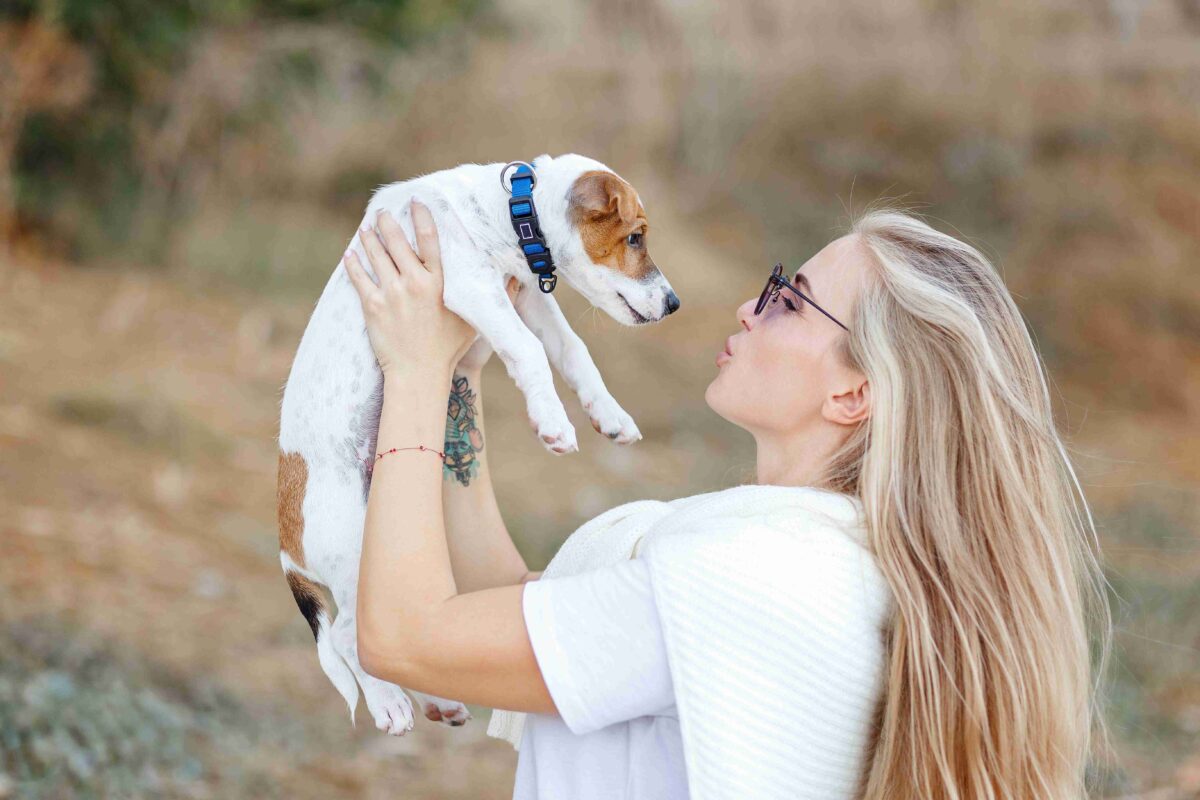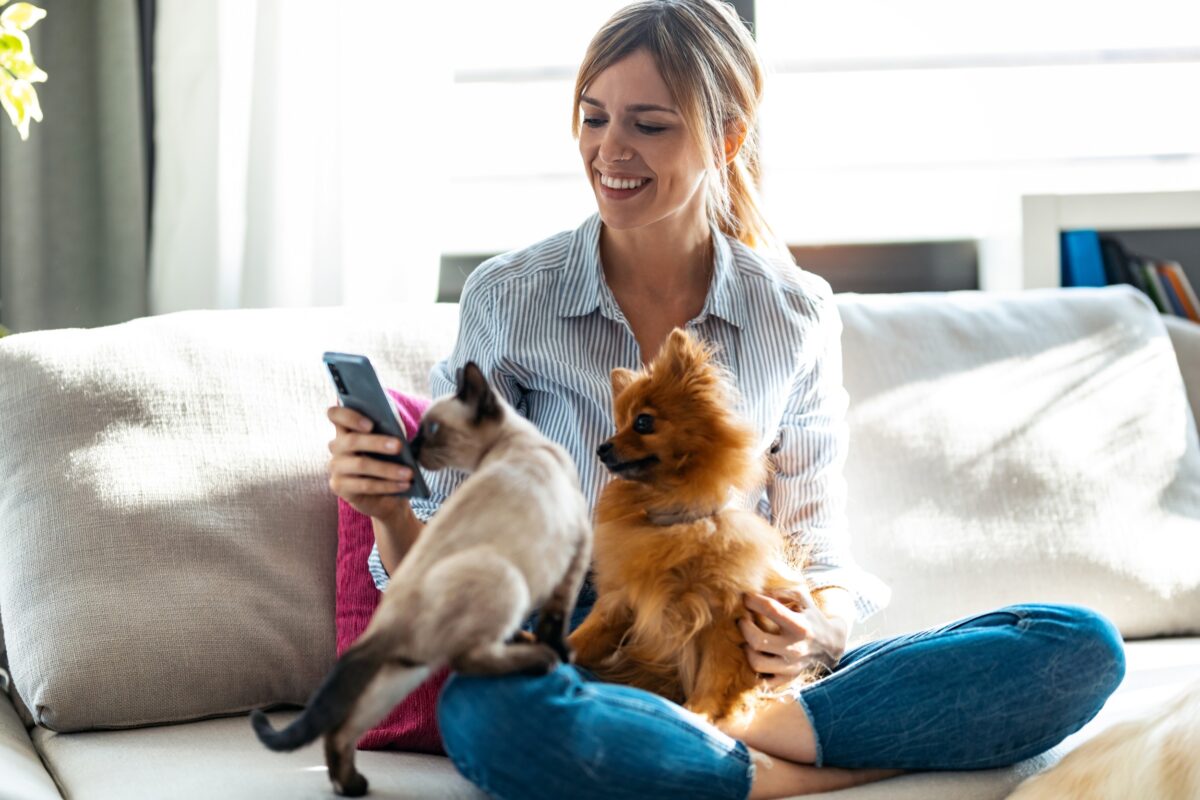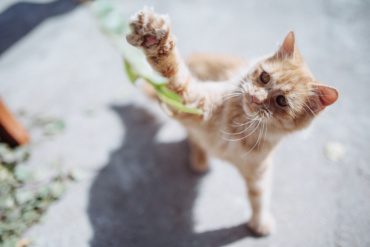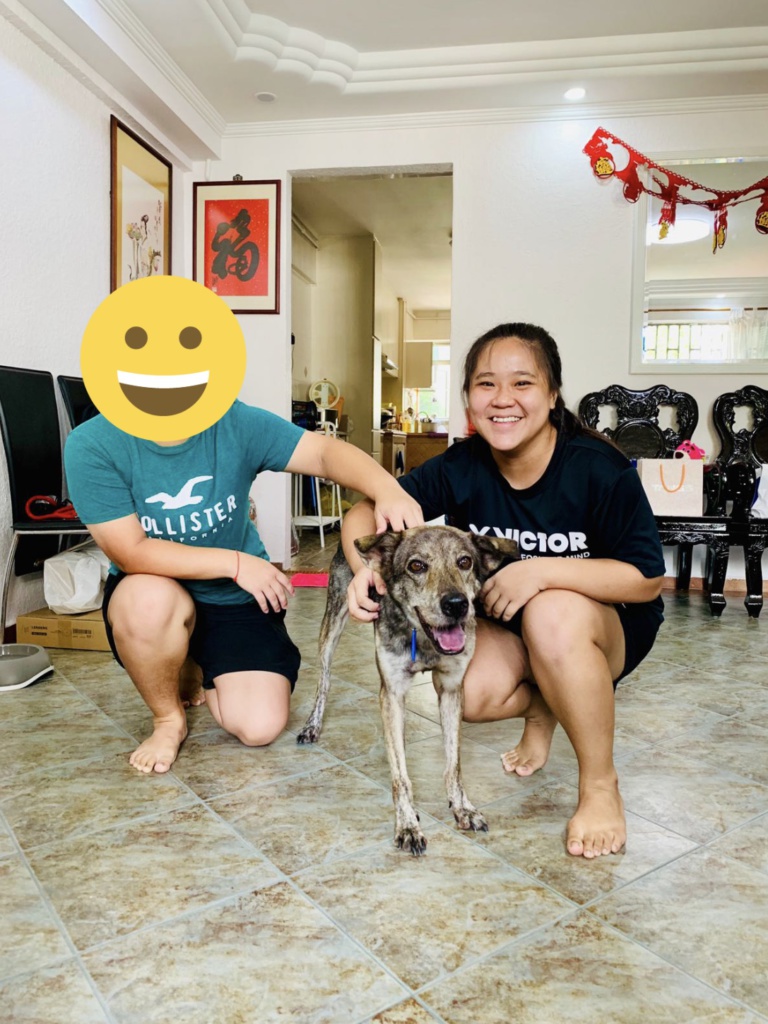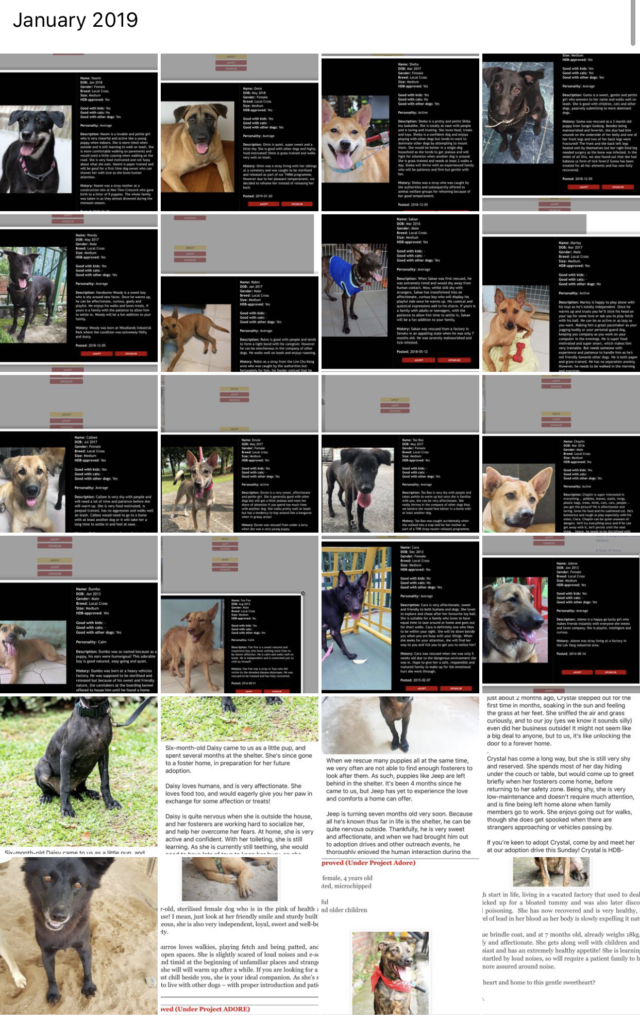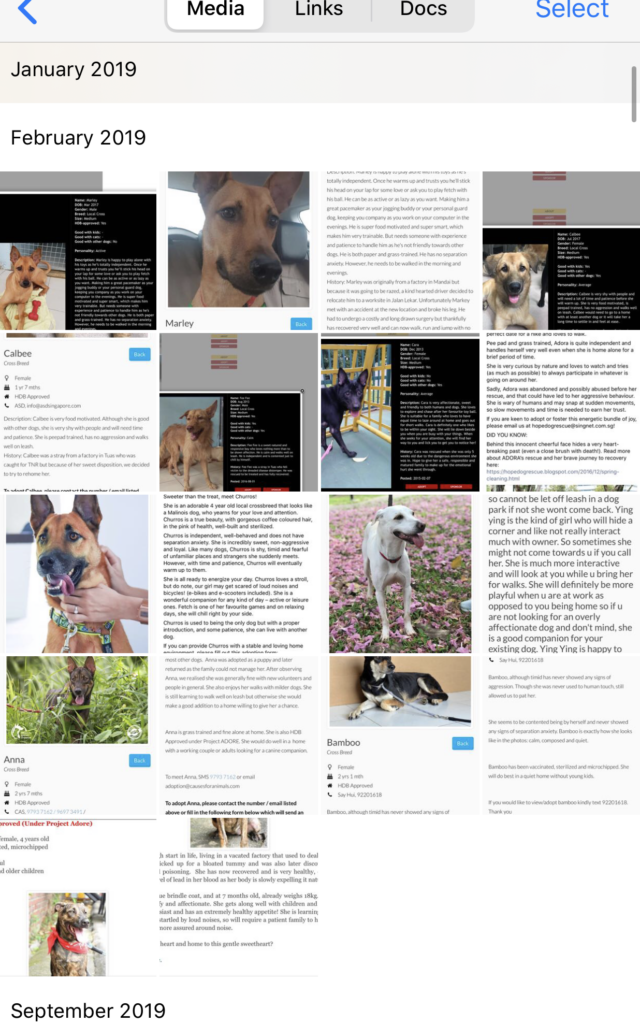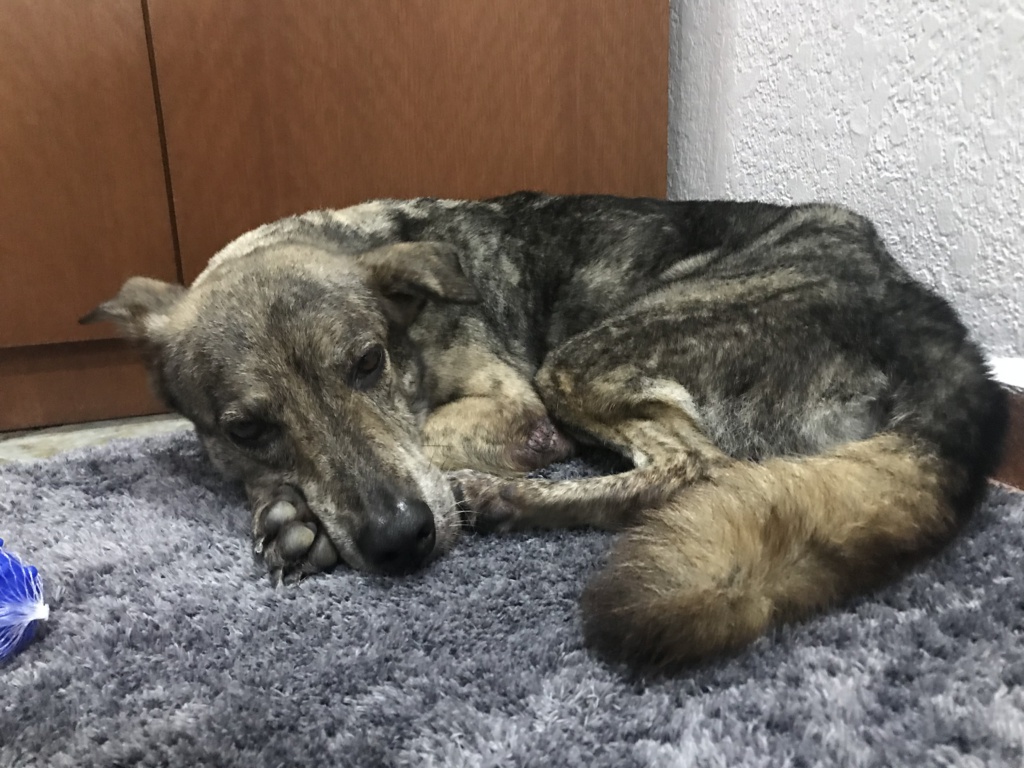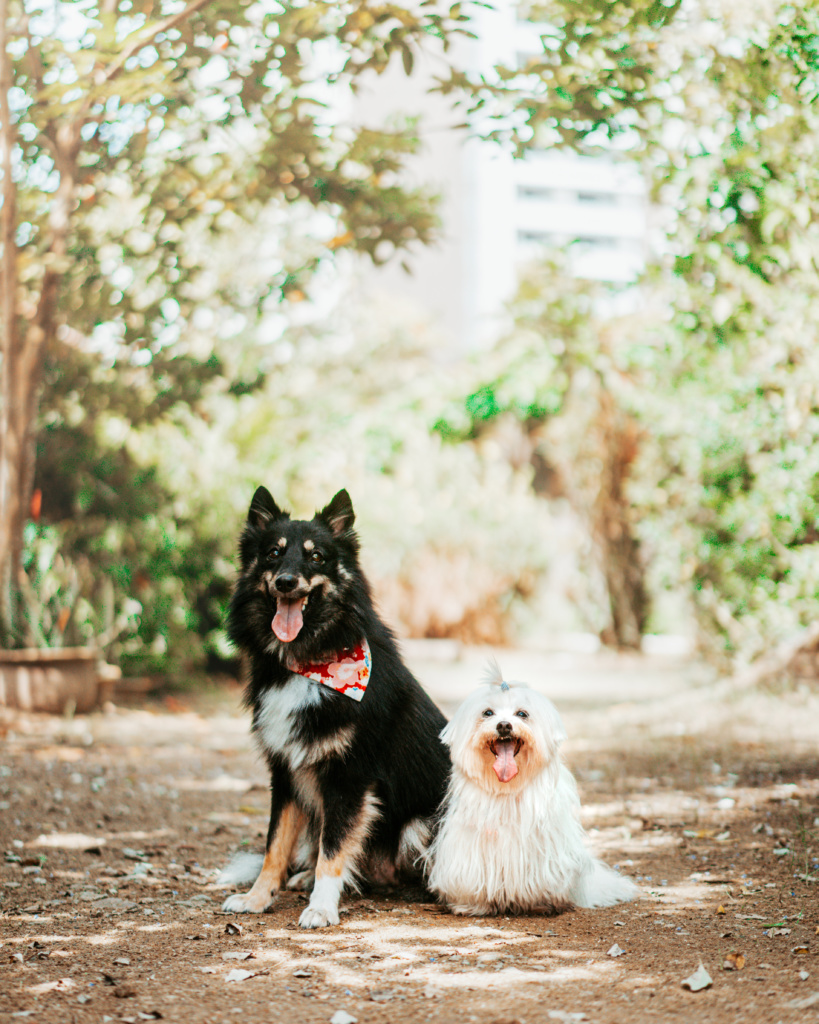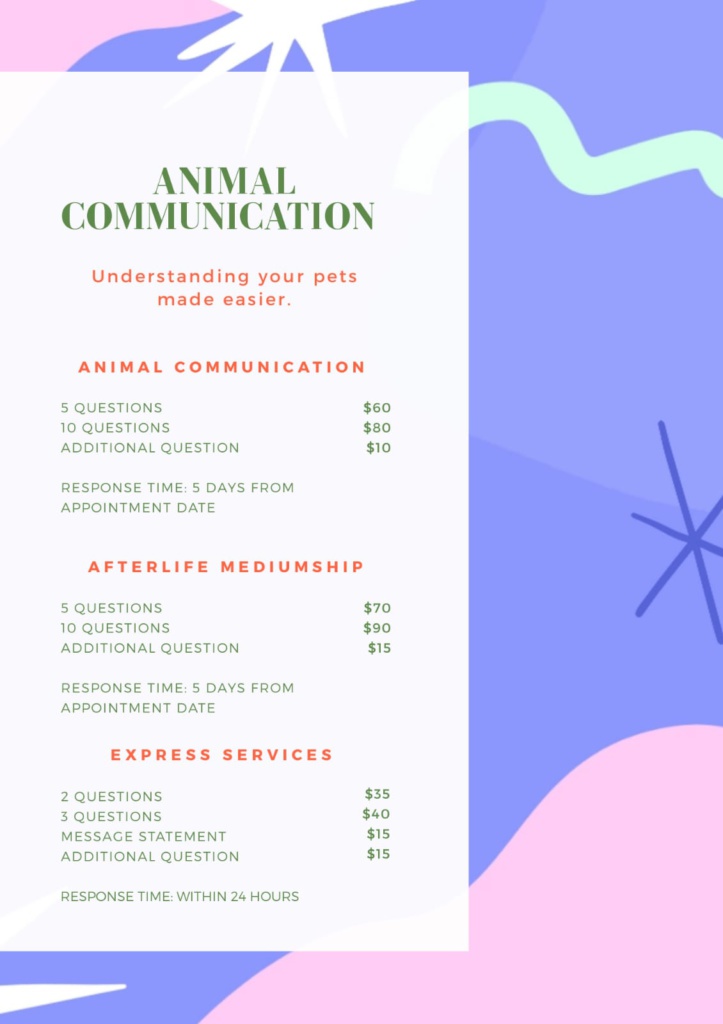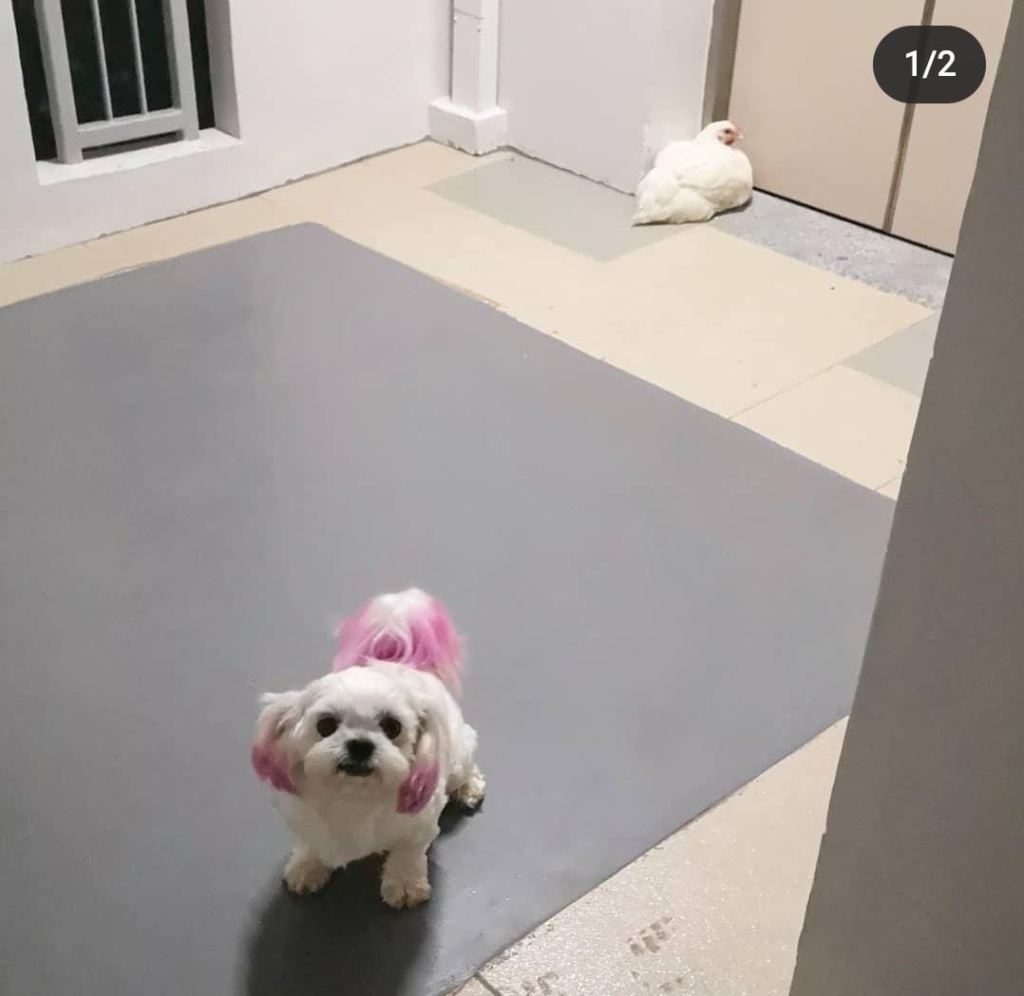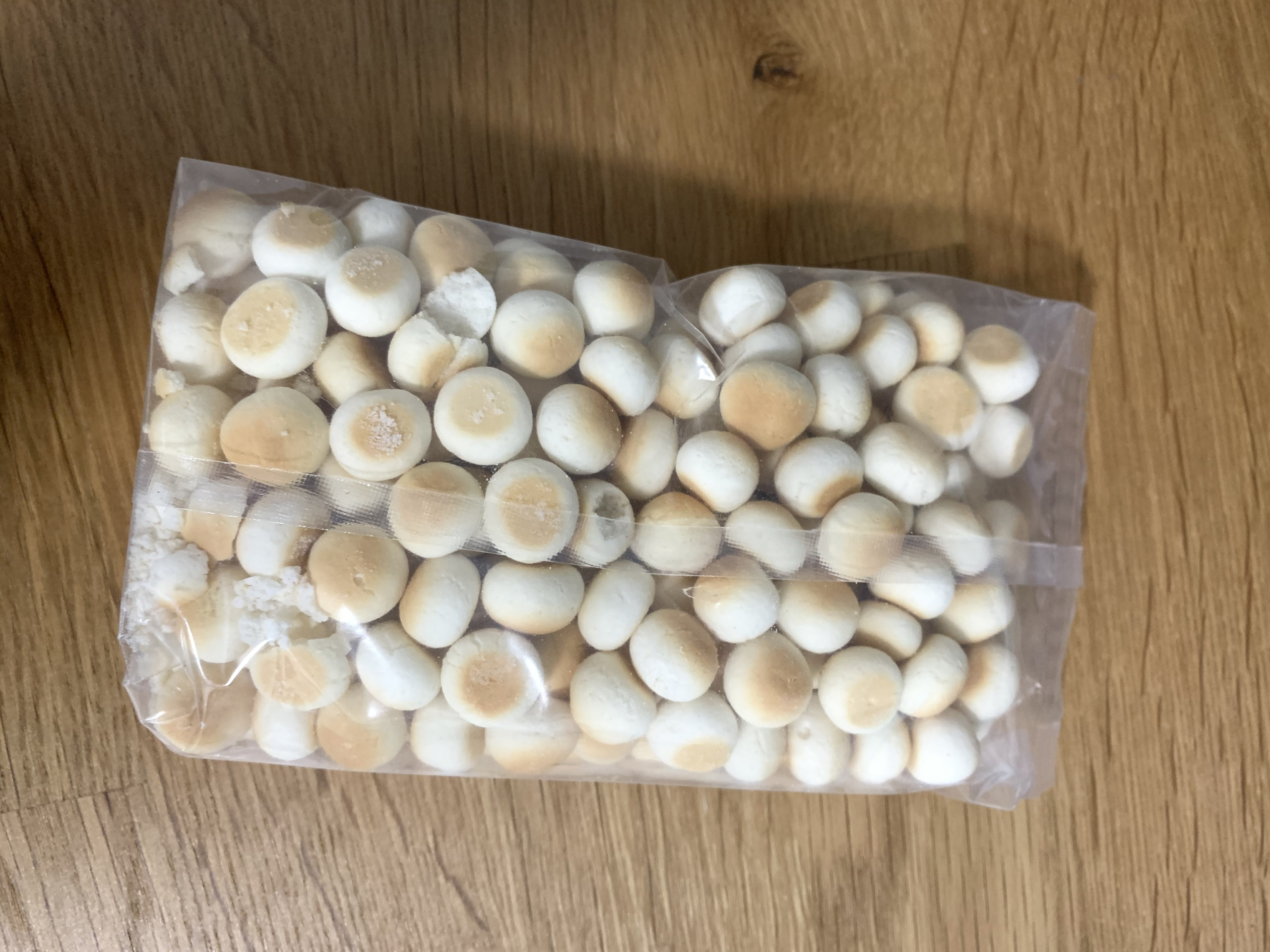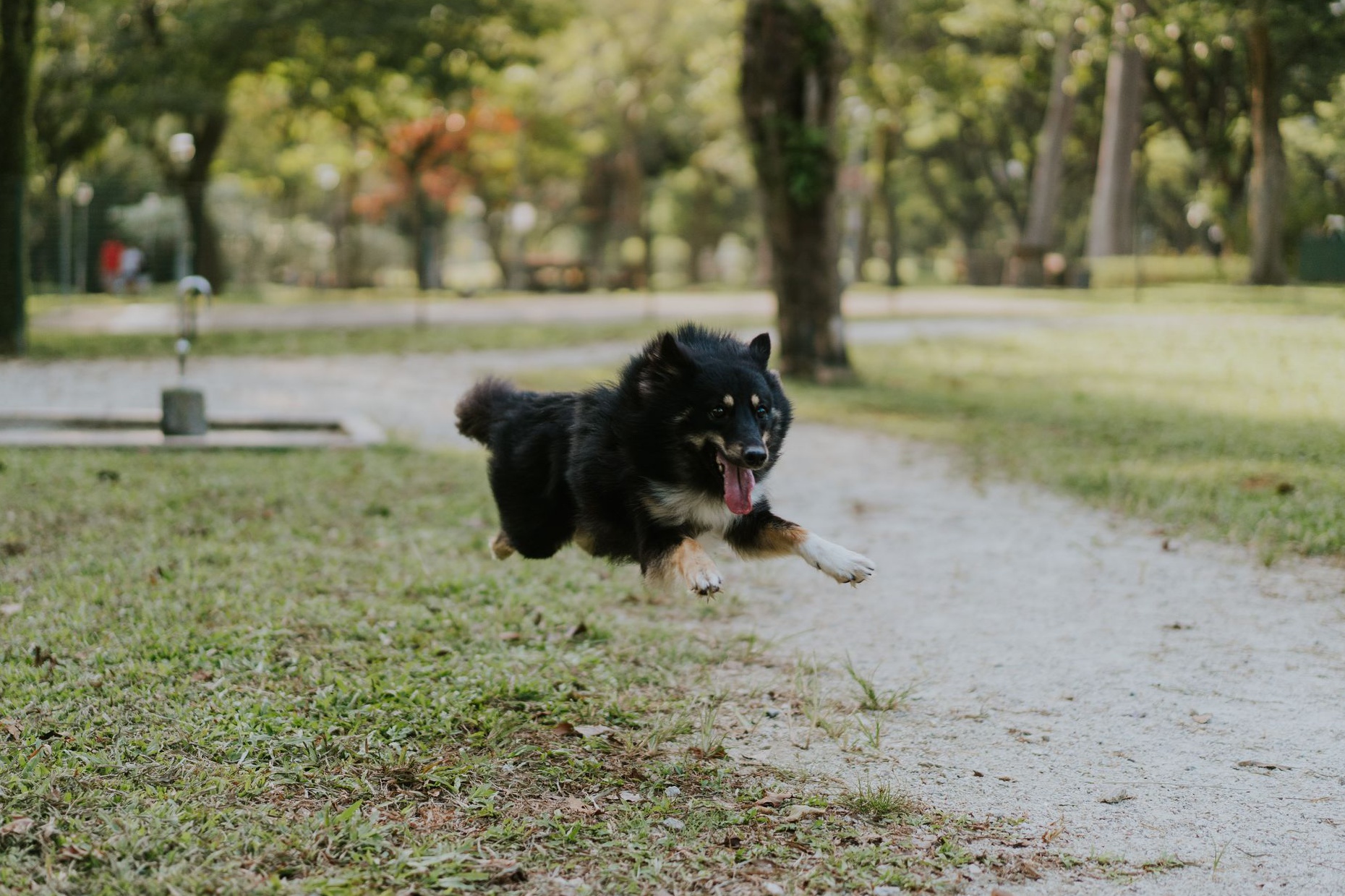This article is brought to you by Pets Club SG.
As responsible pet owners, it is our duty to provide the best for our fur kids. Cats have an average life expectancy of 15 years, and dogs on the other hand, have 12 years. That said, all these depend on their size, and breed. Other factors that affect their life expectancy, includes gender, genetics, lifestyle, exercise, and many more!
Studies have shown that the key to a long life is based on two main factors, genetics, and lifestyle choices. While genetics are out of our control, we can offer our fur kids with the proper care and food to ensure they lead a healthy and happy life!
Here are some tips you can follow to ensure just that!
Regular Veterinary Appointments
It is recommended to bring your fur kids in for a visit at least once a year. These annual visits should be doubled if you have a senior pet at hand! It may be hard to admit sometimes, but our precious fur kids do age faster than us humans.
These important visits allow you to learn what is normal for your pet at their age, and what you can do to improve their well-being. That is why early check-ups are vital, even if something seems insignificant, initiating preventive measures can help to prolong your fur kid’s life.
Plenty of Exercise
Obesity among pets can lead to a myriad of health issues. It is seen as the number one nutritional disease among pets by veterinarians. To keep your pets lean, take them out for regular exercises.
Exercise ideas for Cats:
- Toy chase (cat wand or flashlight)
- Take them for a walk
- Cat tower
- Short but frequent playtimes
Cats have short bursts of energy, play in five or ten minute sessions, and let them catch their breath. It is also good to note that cats have very short attention spans, hence, it’s recommended to switch up the activities frequently.
Exercise ideas for Dogs:
- Walk around the block
- Playing fetch at the park
- Bring them along for a hike
- Take them out to swim
- Tug-of-war
Even though every dog may need to exercise, some may need more or less than others. So take note of your dog’s limits, and give them ample water afterwards.
Healthy Diet
Make sure your pet is getting the proper nutrition for their breed and age. Being overweight can shorten your pet’s life by as much as two years, so it’s important to get them on a healthy diet!
NUTRIPE ESSENCE offers a wide array of benefits with countless nutrients your pets need, from prebiotics to digestive enzymes. Their dry food range is formulated to maintain an appropriate balance of good bacteria in your pet’s gastrointestinal system. Besides absorbing nutrients, the digestive system plays a crucial role in fluid balance, and transporting electrolytes into circulation. It also supports their immune system, preventing diseases.
You can get started here!
Socializing
Pets do get bored sometimes, and it can lead to serious issues. Keep your pets entertained by playing with them. As much as possible, bring them out for paw-dates, engaging in socializing activities with other fur friends. When you’re out for some fun and games, always bring along their favorite toys, and buy backups –in case it gets lost!
By developing a familiarity with other hoomans and fur friends, it can help minimize serious behavioral issues like aggression or nervousness. The exposure teaches your pet how to react to the world around them in a healthy way, without feeling scared or anxious.
Clean and Comfortable Living Environment
Good hygiene is the key to a healthy life. This also includes the environment your fur kids are exposed to on a daily basis. As a pet owner, it can be tiring to maintain optimum cleanliness in your house. However, it is our duty to provide a comfortable living quarter for your fur kid.
Purchase additional drinking bowls, towels, combs, toothbrushes, and other pet essentials to ensure you’re always prepared to cater to their needs.
Pro-tip: Do not leave your pets unsupervised. Allowing them to roam freely can lead to unexpected accidents, including automobile accidents, predation, exposure to allergic foods, and etc.

